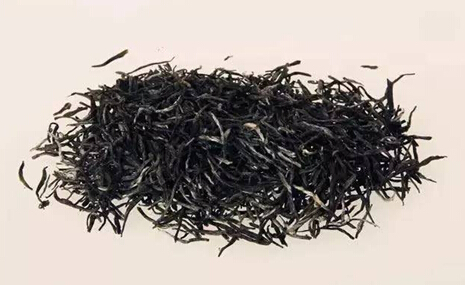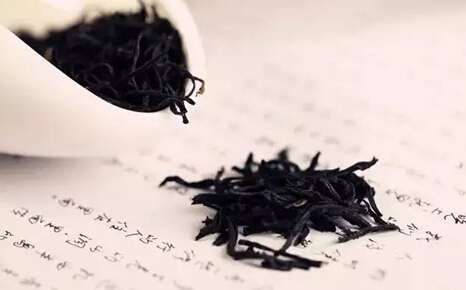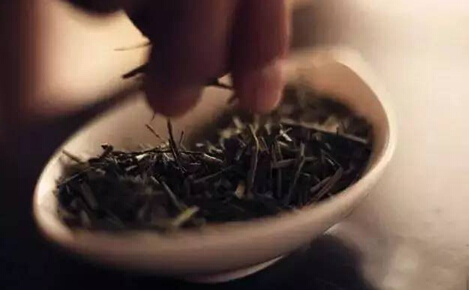
In daily life, not everyone uses a full set of tea utensils to brew tea. Because there are so many occasions for drinking tea, some people's habit is to grab a handful of tea leaves directly into a cup, then pour in hot water, and start drinking. During this process of drinking tea, it's inevitable to drink the tea leaves floating on the surface of the tea. Should these leaves be spit out? Or eaten directly?
If you search for the meaning of "eating tea," you will see this explanation: East China produces high-quality tea leaves, so when people in East China drink tea and accidentally get leaves in their mouths, they do not spit them out. Instead, they chew the leaves and swallow them. The meaning of "eating tea" as drinking tea comes from this.

A professor from a university of traditional Chinese medicine stated that nutrients such as Vitamin E, carotenoids, minerals, dietary fiber, and chlorophyll are not water-soluble. When brewing tea, they remain in the leaves. Vitamin E can combat aging, carotenoids help maintain eye and skin health and protect the body from free radical damage, and dietary fiber, the seventh nutrient, has anti-diarrhea effects. Furthermore, the roles of minerals and chlorophyll should not be underestimated. Therefore, whether by necessity or by choice, eating raw tea leaves can supplement these nutrients.
Of course, for those strictly concerned with quality inspection, tea leaves may contain residual pesticides and heavy metals. Although these substances dissolve into the water in small amounts, if they do dissolve and are ingested, the harm to the human body can be significant. Experts recommend eating no more than 6 grams of tea leaves per day.
If you like eating tea leaves, how should you eat them?

Direct consumption is the most common method—the simple, straightforward type involves grabbing a handful of dry tea leaves and chewing them. The more artistic might grind the leaves into a fine powder and consume them with rice or flour. When I was young, I saw street vendors selling loose tea let customers taste the dry leaves first; some would grab a handful, while others would take one or two pieces to chew and swallow. The editor has also eaten tea leaves and confirms they are very fragrant. In my youthful ignorance, I even ate them as a snack for a period. Thinking back now, it's a rather nostalgic memory.
Next, the editor wants to conduct a survey: Would you eat dry tea leaves or steeped tea leaves?